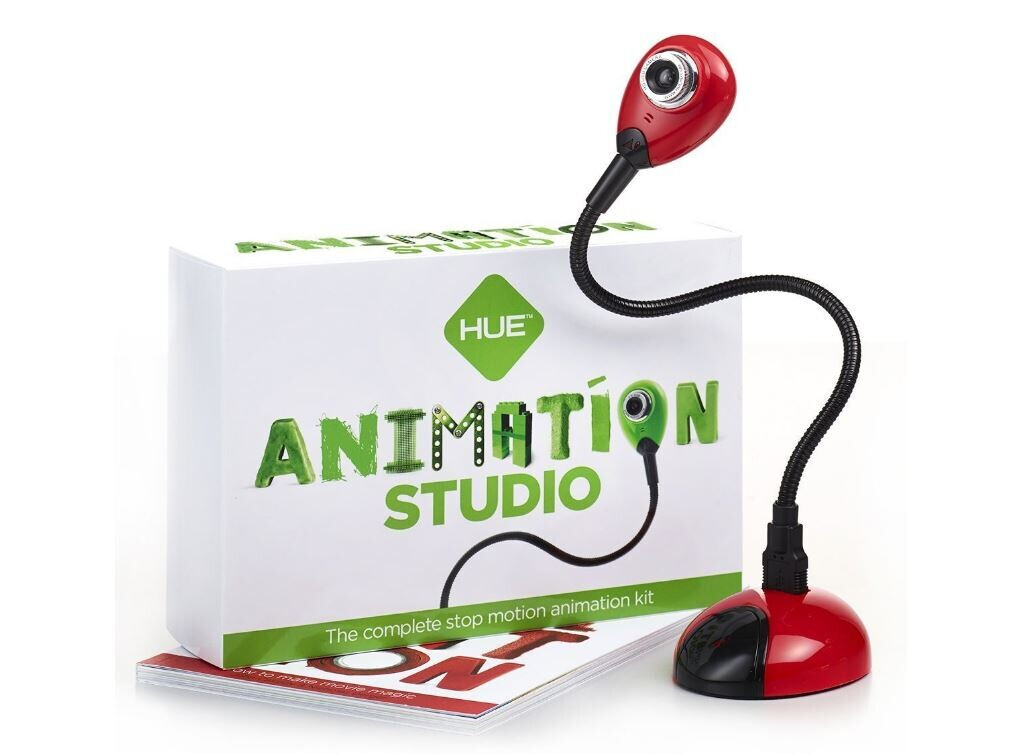

- #OGOBILD WITH ANIMATE IT STUDIO KIT HOW TO#
- #OGOBILD WITH ANIMATE IT STUDIO KIT UPDATE#
- #OGOBILD WITH ANIMATE IT STUDIO KIT CODE#
#OGOBILD WITH ANIMATE IT STUDIO KIT CODE#
To do that, change the following line of code in the Render() method: void Game::Render() The next step in our animation is to use the calculated rotation in the Render method to rotate the cube. Check if the animation is done and stop it if needed.Store the final calculated value back in m_currentRotation.Execute the calculation with a linear formula:Ĭurrent = initial + progress * (target – initial).Load the initial and target rotation vectors into XMVECTORs, which enable faster calculation through the use of CPU intrinsics.Note that the progress is clamped to 1.0. First calculate m_animationTime, the time since the animation started (from 0 to 0.5 seconds) and m_animationProgress, the percentage of the animation that is already done (from 0 to 1).The animation should only execute if the m_isAnimationRunning flag is set.XMStoreFloat3(&m_currentRotation, current)

XMVECTOR current = initial + animationProgress * (target - initial) XMVECTOR target = XMLoadFloat3(&m_targetRotation) XMVECTOR initial = XMLoadFloat3(&m_initialRotation) Static const float animationDuration = 0.5f įloat animationProgress = std::min(m_animationTime / animationDuration, 1.0f)

The code looks like this: void Game::Update( float timeTotal, float timeDelta) We need to add some code to the Update() method to rotate the cube at every frame. RollDie() will start the animation by setting the m_isAnimationRunning variable to true. Add the following code to Game.cpp: void Game::RollDie() Now, let’s create the animation, beginning with the RollDie() implementation. Platform:: String^ OnHitObject( int x, int y) Add the following code to Game.h: ref class Game sealed : public GameBase So let’s create these fields and the RollDie() method.

These vectors should be of type XMFLOAT3, to store the Yaw, Pitch and Roll rotations (see figure below). We will create one Boolean value to signal that animation is running, one float to store the animation time, and three vectors to store the initial, final and current rotations of the cube. To create this animation we will need a set of variables to keep track of the cube’s transforms, as well as the animation time. We will use this method to calculate each die roll result, but for now let’s just execute an animation that rotates the die from 1 to 6. In our case we will add a new method called RollDie() that will set the state and save the starting time. In the Render method, make sure that the transforms are correctly applied to each object.You must also make sure that when the animation ends the state is correctly updated to stop the animation.
#OGOBILD WITH ANIMATE IT STUDIO KIT UPDATE#
#OGOBILD WITH ANIMATE IT STUDIO KIT HOW TO#
A few days ago we talked about how to use the Visual Studio 3D Starter Kit to create a simple dice rolling app.


 0 kommentar(er)
0 kommentar(er)
